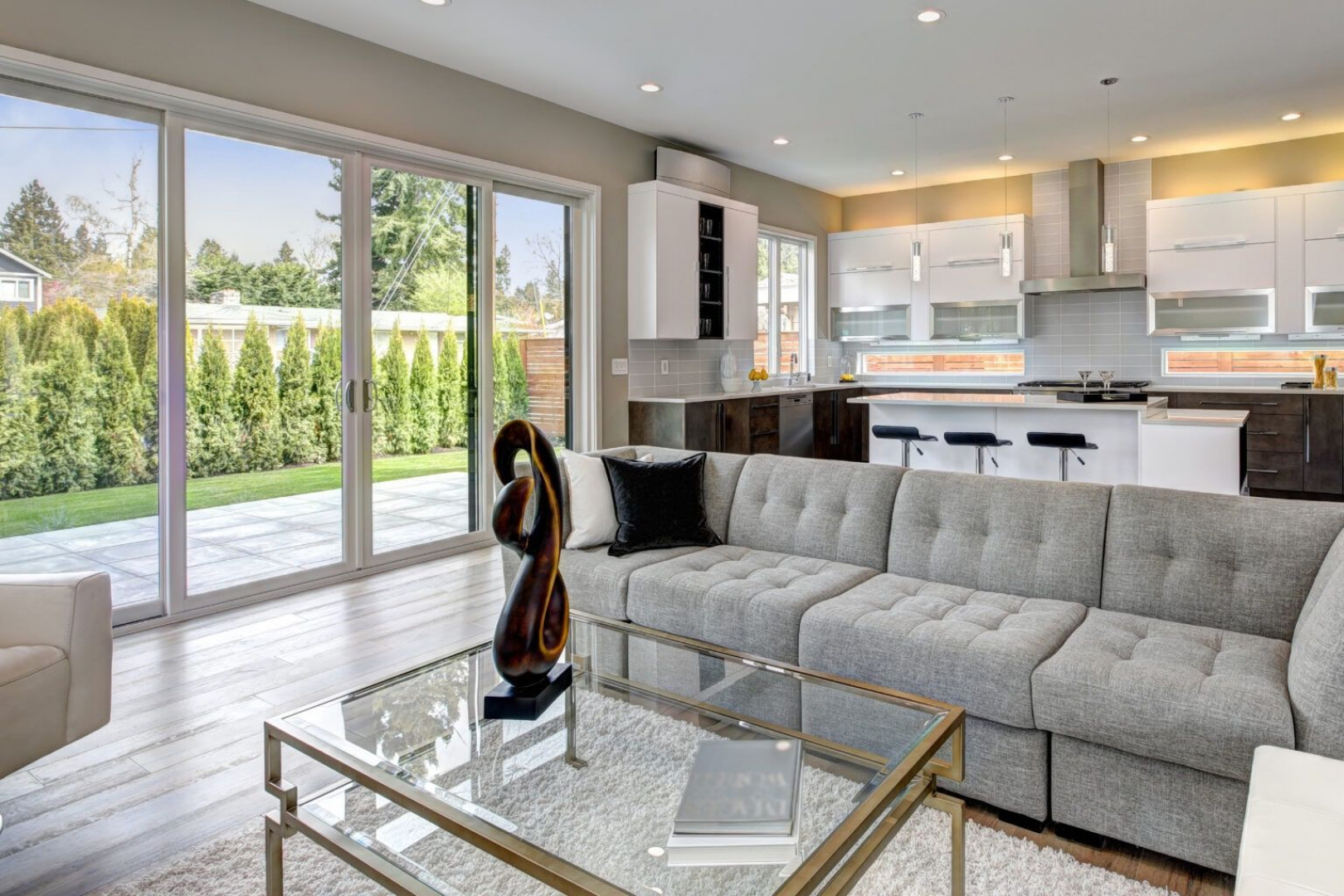-
Indonesia
Copyright © 2024 Powered by BCI Media Group Pty Ltd
Confirm Submission
Are you sure want to adding all Products to your Library?
Contact Detail

To make things easier, we have come up with 8 easy steps to help guide your installation.
Step 1: Internal or external?
When choosing external sliding door hardware, it is important to ensure the system is not only weather proof and corrosion resistant but also provides high levels of security.
Step 2: Top hung or bottom rolling?
Most sliding door gear applications use a top hung system – this is where the hangers, which are fixed to the top of the door, provide sufficient support to carry the weight. Alternatively, bottom rolling systems may be used when overhead structural support is limited e.g. orangeries, conservatories, outbuildings and extensions. Designed with two rollers which fix to the bottom of the door, bottom rolling systems allow the weight of the door to be carried from below.
Step 3: Soffit or face fixed track?
Soffit fixed installations allow the track to be fixed to the underside of a lintel or architectural structure to allow the door to slide within the opening. Common installations for this method include pocket doors and doors with fixed panels. Alternatively, the track can be installed on the front facing side of the opening, allowing the door to slide in front of the opening – this method is known as face fixed.
Step 4: What is the weight of the door?
Probably the most important question of all – and one which will help you hone in on the products most suitable for you. Our range of sliding door gear caters for sliding doors weighing between 9kg and 8000kg – from small cupboard doors to large and heavy aircraft hanger doors. It’s important to know the weight of the doors to ensure the chosen system is capable of taking the weight.
Step 5: What is the door material?
It’s important to consider the door material when choosing a sliding door system to ensure the correct fixings are provided. P C Henderson range of hardware caters for wooden, metal and glass doors.
Step 6: Door configuration
For larger openings where a single sliding door would be unsuitable, you may want to consider bi-parting or telescopic doors. Alternatively, folding doors can be used to create a number of door configurations to fit virtually any opening.
Step 7: Opening size
Now it’s time to measure up! You will need to know the opening width, height and door thickness to ensure the system is appropriate for the chosen door.
Step 8: Choose your accessories
Finally, P C Henderson has a wide range of accessories to help add to the refinement of your chosen product. Whether it be handles, flush pulls, fascia, fittings kits or soft close mechanisms – we have a wide range of hardware to choose from.



